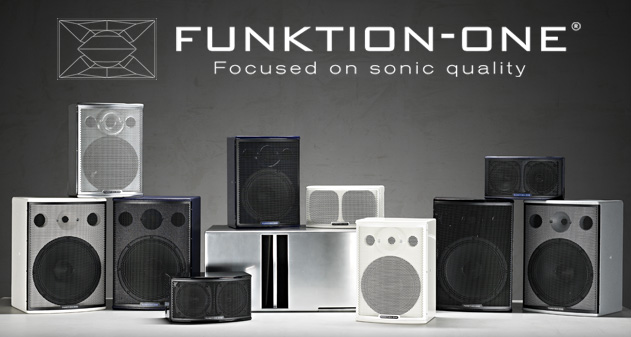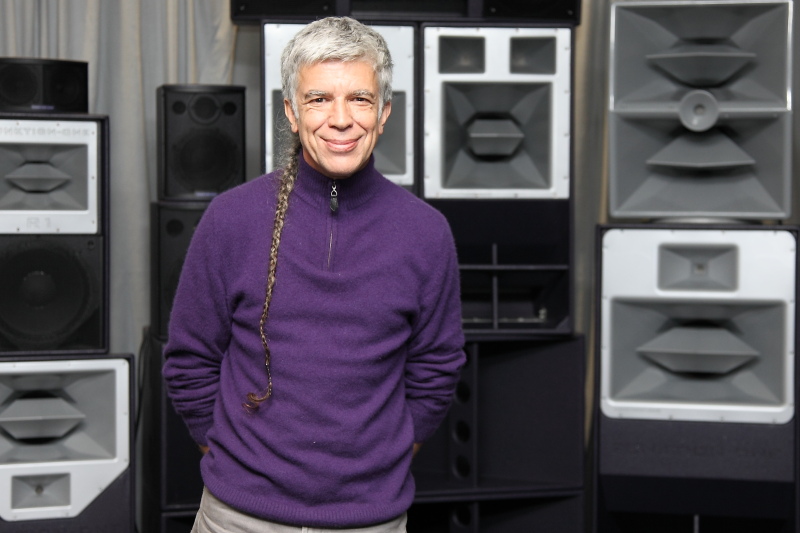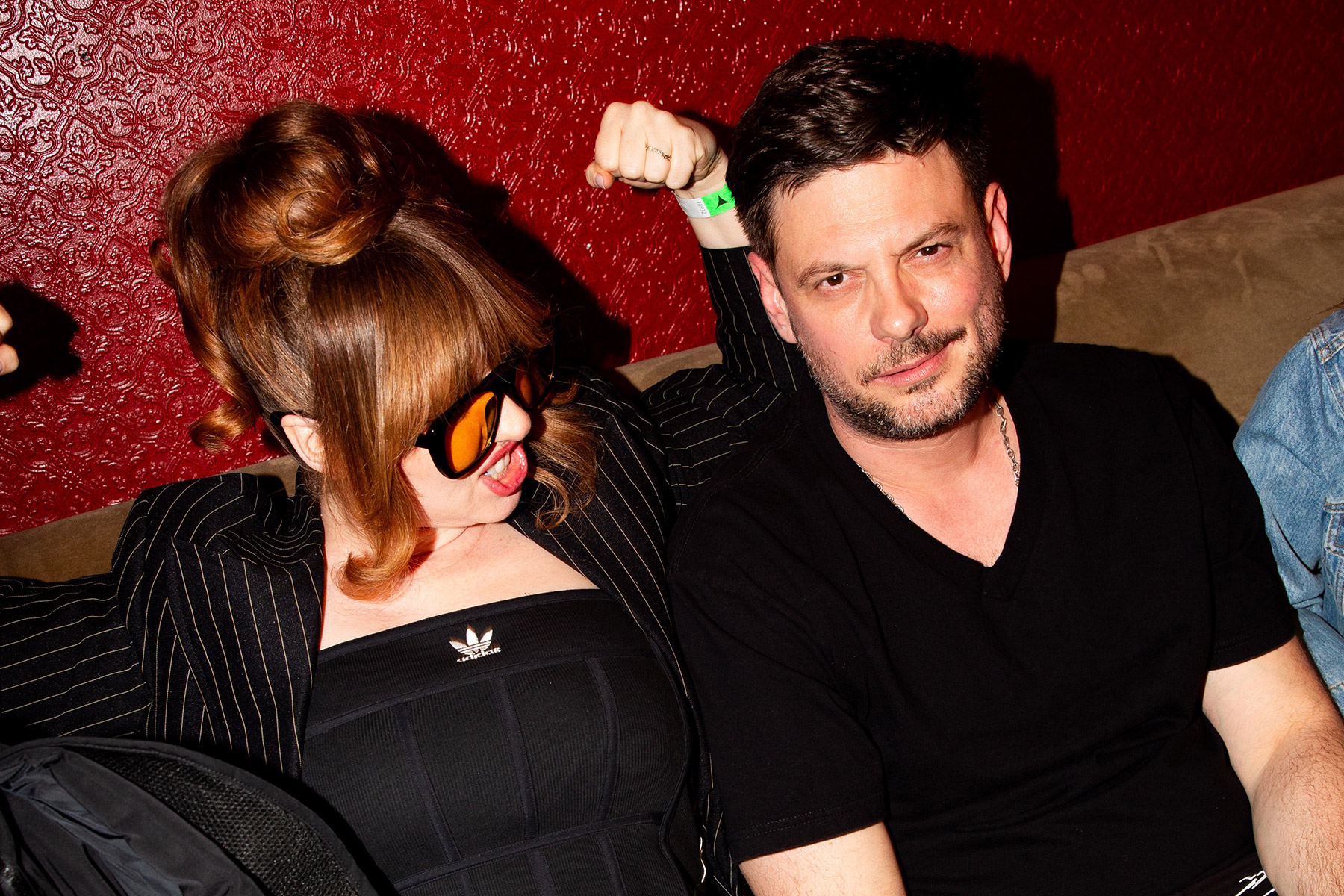Our deep fascination with music can be attributed to the sounds that emanate from it, those melodies, rhythms, beats that transport us to fantastical realms in our minds are what gives it such a peculiar power over us. And we owe it all to the world’s most perfect audio system, our ears. Of all our senses, our impeccable and incredible sense of hearing enables us to experience the most evocative aspects of our lives. But how sounds get filtered to our ears can make us feel either elevated or exasperated. The sound of electronic music especially, can create feelings that have often been compared to being in an altered state. The quality of how we hear our favoured soundtrack is what makes life so meaningful. In fact you could say that, how we experience it, is life itself.
In knowing all this, I have become increasingly aware of and intrigued by the manner in which we listen to music, especially how it enters our personal audio systems-our ears. I have been fortunate enough to experience a variety of incredible sound systems in my music journey and no sound system has left my ears and whole being in a contented state, quite like Funktion One sound systems. This led me to want to learn more about Funktion One’s vision and voice, when it comes to providing music lovers with the best sound experience possible.
“The knower of the mystery of sound knows the mystery of the whole universe.” – Hazrat Inayat Khan
Along with a passionate commitment to achieving the purest sound quality via their world renowned purple coloured sound system stacks, Funktion One’s penchant for excellence in every aspect of their product, is what makes them a leader in industry sound system standards. This devotion can be duly noted every time founder Anthony Andrews speaks about his dedication to raising our sonic consciousness. This is what sets Funktion One apart from the rest, their consistent affinity for innovation from a spiritual stance whilst applying it to developing unique sound solutions to meet virtually any audio challenge out there.

I had the amazing opportunity to chat with the brains and beauty, Tony and Ann Andrews, behind Funktion One to dig deeper into why quality sound is pivotal in how we experience the music we love in our lives.
Electronic Groove: Thank you so much for joining us, we are so excited to learn more about Funktion One the world’s most lauded sound-system and a stalwart in the industry. Can you give us the backstory to the world’s most prefered and powerful sound system?
Tony Andrews: Where do you start with a backstory that’s nearly 50 years long? We love audio, we deal with the invisible and the forward progress towards truth continues. We understand the effect that audio has on consciousness and we wish to share it with everyone.

EG: Hardships in life most often lead to incredible breakthroughs and provide (us with) lessons in self-growth and self-worth. What would you say was your most challenging time on the journey to creating Funktion One and what was the lesson you took away from it?
Tony Andrews: Observing the change from pioneering enthusiasts in the early days to the institutionalisation and digitalisation we have now. The lesson is that, many things are fantastic when they first appear but humanity at large generally dumbs down, dilutes, turns things into their opposite and then sells it. Nothing new or exciting ever happened by sticking with the status quo. If you think you are right about something when the flow is going in a different direction then have the courage of your convictions and you will find out if you are.
EG: What a powerful response! Thank you, this leads nicely into my next question, which focusses on the importance of surrounding yourself with solid support networks to help you endure them. I know one of your strongest supports is your wife Ann. Could you tell us a how you met and how she become your “right hand person” so to speak?
Tony Andrews: We met 30 years ago during a property transaction and it was the first time that I did not feel stupid talking to a lawyer. We realised that our outlook on life was very similar and we became ever closer friends, lovers and eventually husband and wife. Our skills are wonderfully complimentary and I couldn’t ask for a better business partner. Her background in law is just what my wild engineering brain needed.

EG: That really sounds like a balanced and complimentary union, yet another reason why Funktion One is so successful! Moving onto the science of sound, I find the best way to listen to dance music, is to close my eyes and let it absorb me. This feeling is amplified when I hear or anticipate certain tones, melodies and especially the bass. Dare I say, I’d compare it to being in an altered state of consciousness, similar to meditating. Can you give us a little science lesson behind our craving for delicious sound, how this happens and why it seems to be heightened when we close our eyes?
Tony Andrews: Daniel Levitin in his book “Your Brain On Music” states that while listening to music more areas of your brain are lit up than during any other activity. Music is an outcome of the vibrational architecture of the universe so it is no surprise that it harmonises with our own inner vibrations. When I’m focused on listening I also close my eyes to remove superficial distraction and allow the full depth of the experience. It is also interesting to note that when you are cerebrally engaged with music the reward neurotransmitter, dopamine, is released. If the music and or sound is “off” as you say, the fight or flight chemical noradrenaline is released.
EG: That is a great read, and highly recommended for both science and sound enthusiasts alike! In knowing that sound is such an integral part of our existence and evolution, and that so many historical and current developments and discoveries have focussed on the importance of sound with regards to physical and emotional well-being, how does Funktion One tailor its product to meet these human needs?
Tony Andrews: Quite simply if a sound system, or anything else for that matter, is big and powerful then it becomes increasingly important for it to be benign and not harmful so I have spent a lifetime removing the distortions in sound that make it hurt. In other words making it as clean as possible. Furthermore, I try to engineer a system to be naturally even in its frequency response without recourse to equalisation which is the least desirable way to fix problems.

EG: I have been intrigued about the subject of sound frequencies 432Hz and 528Hz being known to match the sounds found in nature and the cosmos, and I have learned that they really do have an impact on our well-being. Keeping this in mind, how important is it that artists understand the delicacies of what frequency their music is heard and played at and for sound specialists as Funktion One?
Tony Andrews: I don’t know much about 528 Hz, but I do know that 432 Hz is the historical tuning of middle A, which currently is at 440 Hz. Any musical piece that has been recorded with middle A at 440 Hz can be pitch shifted downwards by a few percent to simulate an original tuning of 432 Hz. Having done this myself to various tracks I can report that the music and feelings it generates sounds and feels more pleasant than the 440 Hz based pitch so I would recommend it. You speak of understanding the delicacies of audio but really this has to start with the integrity of audio in music files particularly at high frequencies which should be transparent and crystalline not some kind of digital mush.
EG: Pointing out the importance of maintaining the integrity of audio in the music files, really is crucial when talking about quality sound, which begs me to ask questions like, how much does a venue’s acoustical anatomy play a role in how well sound is emitted from your sound systems or any sound system? How frequently does a sound system need to be tuned? And what recommendations do you and your team make for acoustically treating a venue before installing your system?
Tony Andrews: Firstly, it makes no difference at all to how the sound is emitted but it makes a huge difference to how it is received by the listener. If it is a hard, reflective environment which is sadly often the case, then the received audio will be confused and annoying. If you’re going to put kilowatts of audio into a room then you’d need to try and make the walls and ceiling disappear with as much sound absorption as possible. A sound system should only need to be tuned once. However, it may need a retune after one of the many “experts” has messed about with it.

EG: Perfectly to the point, when responding to the technicalities of sound quality, but how responsible is a DJ in making or breaking a sound system? In other words, what are some of the common mistakes you see happening when an artist steps up to the decks?
Tony Andrews: Don’t get me started; one of the worst things is the amount of people that drive the outputs of the mixer into the red, nothing to say about this mindless inconsiderate behaviour. Bad file quality is not exceptional but sadly normal. A Favourite aggressive tactic is to mix too much of the audio into the attention grabbing range between 2 and 5 kHz and there’s far too much-banging cardboard box sound instead of fat bass.
Electronic Groove: That’s great advice! I read in a previous interview that you use fellow Canadian, Diana Krall’s “Let’s Face the Music and Dance,” and George Benson’s “Nature Boy” to tune your systems, and a dancefloor classic Gat Decor Passion, to test the bass? How and why did you choose those particular tracks?
Tony Andrews: I guess the standout thing is the quality of the recording and the charm of their voices. We are, naturally enough, tunned into people’s voices and easily recognise our friends on the phone. So if the female and the male voice sound correct on the system then the midrange is okay and adding bass and treble is relatively straightforward. Incidentally since that time we have added Dreams Psychemagic, Table flipping Dave Tipper and Temptation Diana Krall.
“The objective of a sound system is to be as clean and balanced as possible so that it can deal with any kind of music”
EG: I’ve often been told that certain sound systems are tailored for specific events, for example a live act would use a different sound system over a DJ performance at a club. Can you shed some light on this myth or fact?
Tony Andrews: This is a complete myth and a result of marketing nonsense! The objective of a sound system is to be as clean and balanced as possible so that it can deal with any kind of music. All music uses the same frequencies so if there is any difference at all, it would be that dance music uses more bass.
EG: Knowing how powerful our sense of hearing is, I have become highly sensitive to how I hear sound, well, music in particular. I have noticed that I always seem to know when a piece of music or sound, seems “off”, and I do not have any musical training whatsoever. Do you think we are all innately inclined to detect good vs not so good sound?
Tony Andrews: Certainly! Distortion often consists of clipped signal which approximates square waves. These are quite unnatural and most people have a healthy aversion to them. Also music is an outcome of the vibrational architecture of the universe so if it does not harmonise with ourselves then we will surely notice.
EG: How can we make a particular sound experience last? In other words, how should the avid music listener arrange a home sound system so that they experience the highest level of sound quality?
Tony Andrews: Soft furnishings are always helpful to the audio. Put material, a blanket will do, Arabian style on the ceiling above the listening position. This will improve stereo imaging but possibly upset your partner. Personally, I like speakers to work out of the corners of a room but below 100 Hz I would go for a mono bass for singularity of arrival.

EG: Amazing advice, now could you tell us about some of the latest developments that Funktion One has in store for its music connoisseurs?
Tony Andrews: We now have a fully developed Horn loaded 32 inch bass driver that delivers frequencies down to 24 Hz with complete transient ability. This is giving us bass experiences we have never had before. Add to this a breakthrough in high frequency clarity and We are starting to reach a level of purity and power that I could only dream about a few years ago.
EG: May is a month dedicated to hearing health. With the rising concern around ear problems such as tinnitus, apart from proper ear plug protection, what role does a quality sound system play in protecting our ears? Do you even need ear protection if the sound system is tuned properly?
Tony Andrews: Nice to hear that about the month of May, I was beginning to think it was something horribly authoritarian dedicated to brexit. If your ears are left ringing after exposure to a powerful sound system then make no mistake about it, irreparable damage has been done. Some people are lucky enough to notice an “itching” in their ears which is a warning signal that the delicate bones in your ear canals are about to be permanently broken so don’t let it happen to yourself, put in earplugs or get out of the environment. If the high frequencies sound like screwed up crisp packets and feel like a chainsaw then you are experiencing multiple stages of distortion some of which is in the loudspeaker, usually what is known as a compression driver.
These devices are bad at doing midrange. Anyhow a clipped and broken signal is delivered to your ear which is much more damaging than pure loudness so our approach of using paper drivers for the mid-range enables the entire system to sound cleaner and therefore less damaging to hearing.
When I’m engineering a sound system at a show I do not use earplugs because I need to hear anything that is wrong and fix it. In fact if I needed to wear earplugs something would be seriously wrong.
I think what needs to be understood is that tuning is a once only timing and balancing of the sound system to come across correctly for the dance floor; most of the responsibility is with the DJs and their file quality.
EG: Some great advice from the Sultan of Sound! Thank you so much for taking time out of your hectic schedule to chat with us.
Tony Andrews: Thank you.
Follow Funktion One:








